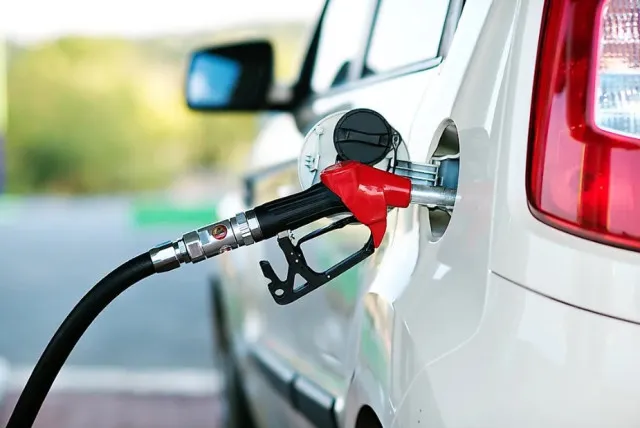When your car’s low gas light turns on, you can typically travel between 25 to 108 miles, depending on the model.
Seeing the low gas light on your car’s dashboard can be a cause for concern.
This small light signals that your fuel level is low, but it does not mean you will run out of gas immediately.
However, the low fuel light is not a precise indicator of how much fuel is left in your tank.
Rather, it’s a warning that you’re running low and should refuel as soon as possible
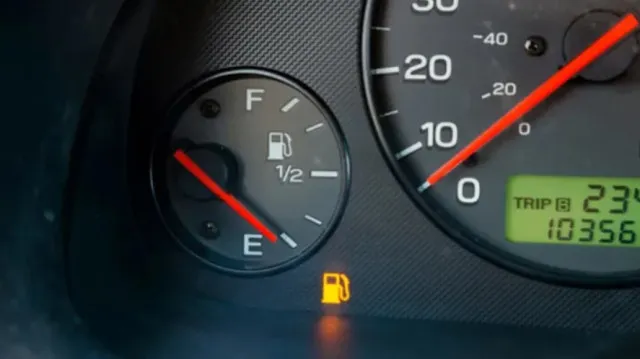
What is the low gas light?
The low gas light is a warning indicator on your car’s dashboard.
It typically looks like a small gas pump or an exclamation mark. When this light turns on, your car’s fuel level is low and you should refuel soon.
Each car manufacturer sets the specific level at which the light turns on, usually when there are about 2 to 3 gallons of gas left in the tank.
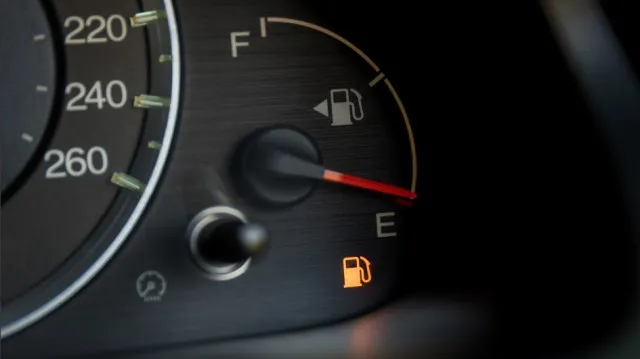
How far you can drive if the car’s low gas light turns on?
The low fuel warning light on your car’s dashboard is a common sight for many drivers.
When the low gas light turns on, it might seem like your tank is empty.
However, the remaining fuel amount can vary depending on your vehicle’s make and model.
A chart from the auto repair service YourMechanic shows the distance you can travel after the low-fuel light turns on.
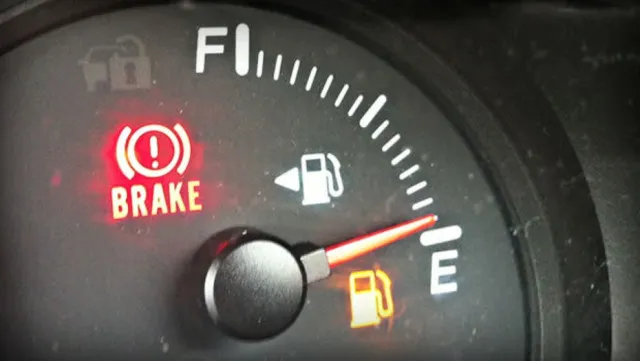
It ranges from as little as 25 miles in a Chevrolet Silverado to as much as 108 miles in a Chrysler 200.
This wide variation is due to various vehicles’ different fuel tank capacities and fuel efficiency.
Why the low gas light is important?
This signal is an important feature designed to prevent you from running out of fuel unexpectedly.
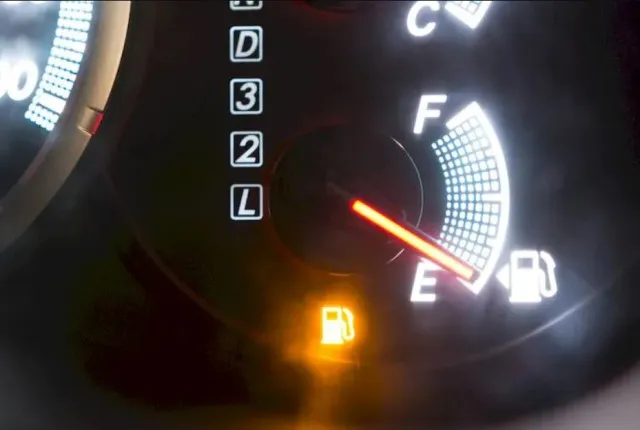
Running out of gas can be inconvenient and dangerous, especially if it happens on a busy road or in a remote area.
The light gives you a heads-up so you can find a gas station and refuel before it becomes a serious issue.
Importantly, the low fuel light doesn’t accurately show how much fuel is left in your tank.
It’s simply a warning that you’re running low and should refuel soon.
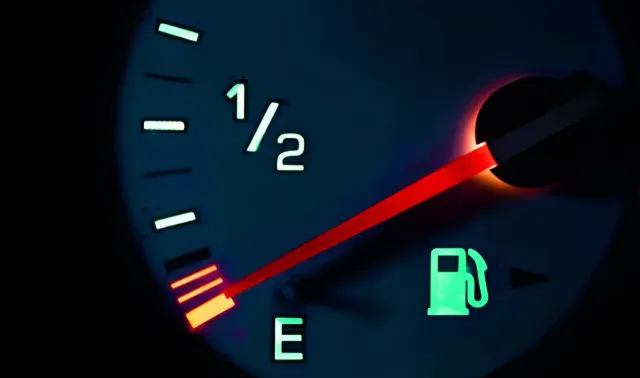
Driving with an almost empty tank can harm your vehicle’s fuel pump.
The pump works harder to pull fuel from the bottom, generating more heat and wearing out faster.
Avoiding low gas situations
To avoid the stress of seeing the low gas light, make it a habit to check your fuel gauge regularly.
Refuel when your tank is about one-quarter full instead of waiting for the light to come on.
This practice can help you stay prepared and avoid the risk of running out of gas.
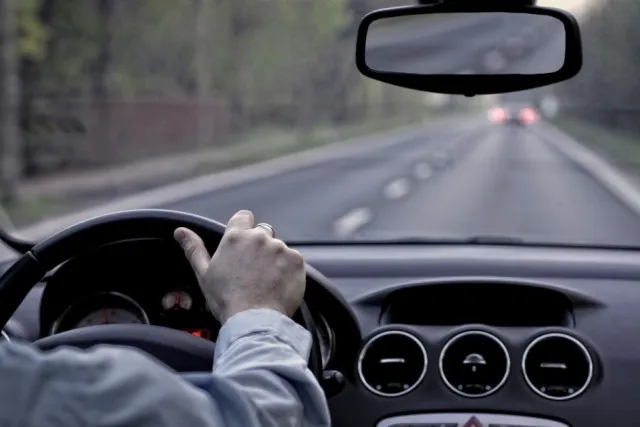
There are some tips for fuel efficiency
To maximize the distance you can drive on a tank of gas, consider some fuel-efficient driving tips.
Avoid rapid acceleration and hard braking, as these can waste fuel.
Keep your tires properly inflated, as low tire pressure can decrease fuel efficiency.
Removing unnecessary weight from your car and maintaining a steady speed can also help conserve fuel.
